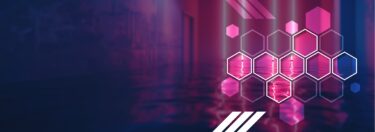PVR Ray Tracing
Simulation Layer
Explore new frontiers in graphics with
Imagination ray tracing
Imagination ray tracing

Our unique approach
Ray tracing is computationally expensive, making it challenging to achieve in real time. To make it a reality, our unique architecture contains patented specialist hardware blocks that enable either faster full-ray tracing or an efficient hybrid rendering approach that combines traditional rasterisation techniques with ray tracing for realistic lighting, reflections, and shadows.
Explore our Ray Tracing products below.
Enable your Ray Tracing simulation with PowerVR
Our PowerVR SDK includes ray tracing samples; practical examples to learn the basics of ray tracing using the Vulkan Khronos ray tracing extensions.
View on GitHub
Ensure to utilise our GitHub "PVRAccelerationStructureHostCommands" to help emulate ray tracing-capable hardware on PowerVR.
Get started with our Ray Tracing Simulation Layer
Unlock the potential of our Ray Tracing Simulation Layerby downloading our powerful tool below!
You must log in to access our downloads.

